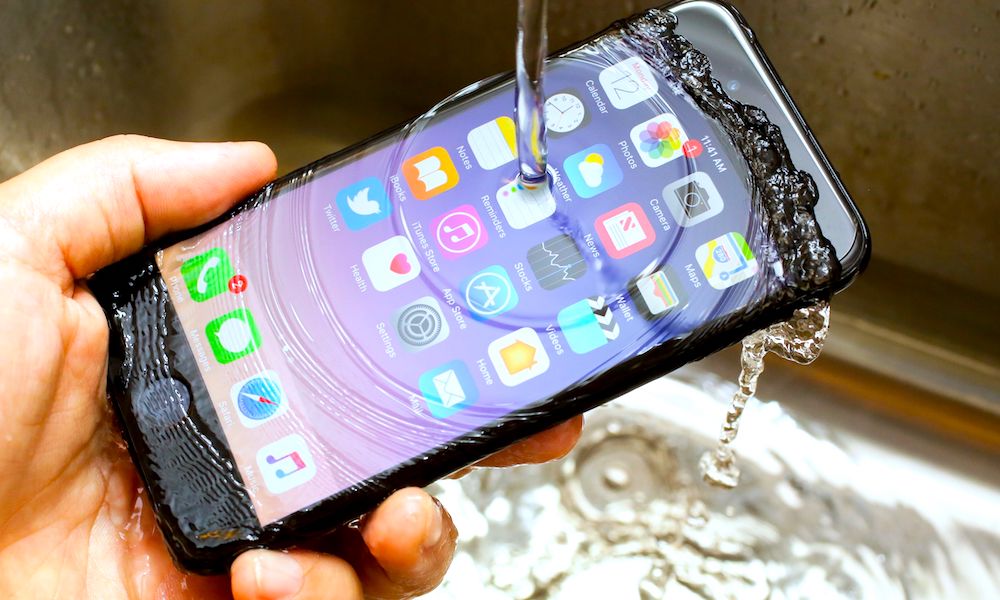Why Refurbished Phones Are More Popular Than Anyone Ever Expected
 Credit: wccftech
Credit: wccftech
Toggle Dark Mode
Smartphone vendors like Apple, Samsung and LG continue, year after year, to release newer, more advanced devices than the ones they’re intended to replace. But while all the new bells and whistles and next-gen enhancements may appeal to those pocket-stacked consumers who simply ‘gotta have it when it’s hot’, data released by CounterPoint Research, which was conveyed in a Business Insider report this week, suggests that refurbished phones are becoming increasingly popular alternatives.
Refurbished, or reconditioned, phones are defined as those which have been previously owned but revamped using a variety of mechanisms meant to essentially restore them to their [near] original luster — though they tend to retail for considerably less than brand-new devices, much to the average consumers’ delight.
As refurbished devices continue gaining in popularity and adoption, however, some analysts are concerned that the trend will have a negative impact, potentially “dampening demand” for brand-new flagships, according to a Wall Street Journal analysis.
Not only do refurbished phones now account for one out of every 10 devices sold, but they also represent the fastest growing segment of the mobile phone market, according to Counterpoint Research data which revealed that in Q3 2017, the world’s top 3 best-selling smartphones were the iPhone 7, iPhone 6s, and Samsung Galaxy J2 Prime — all of which were released in 2016 or earlier.
Why Older Phones Are Rising in Popularity
One plausible explanation for the apparent shift in consumer sentiment, according to one analyst cited by WSJ, is that “older models of premium phones stay relevant and functional for so long that they tend to have three to four owners before being discarded.”
Additionally, Business Insider notes there could be a range of other factors driving consumers toward purchasing refurbished phones:
The elimination of U.S. carrier contracts, for example, is just one of them.
“When two-year carrier contracts were the industry standard in the US, subscribers could sign a two-year contract and get a new smartphone at what appeared to be a highly discounted rate,” the publication said, noting that “as of 2014, that cycle was so effective that US consumers were upgrading their smartphones every 23 months.”
Nowadays, however, with the cost of high-end devices inching their way up past $700, $800 or more, consumers may be feeling much less compelled to rush and upgrade their handset. And, in the event they do, they may be more inclined to choose a refurb simply given the lower cost.
The ASP, or average selling price, for new smartphones rose by 10 percent, year-over-year, during fiscal Q4, 2017 alone — rising from $330 worldwide to an estimated $363, according to Growth for Knowledge analysts.
As ASPs continue to rise, some consumers may feel inclined to purchase a second-hand (but factory reconditioned) device — one that’s not only more affordable, but offers similar warranty incentives to purchasing a brand-new flagship.
Another explanation is that an increasing number of consumers may simply be concluding that brand-new devices lack enough new, generation-specific features to warrant plunking down the money.
“As the technological gap between device generations decreases” — in other words, users realize older models are inherently capable of carrying out similar, basic processing tasks as newer models — “consumers are less inclined to purchase a new phone if a refurbished phone satisfies their needs.”
This would certainly resonate with anyone who’s still rocking an older iPhone model like the iPhone 5s (Hi, mom!), iPhone 6, 6s or 7 — the lattermost of which are currently available in droves on Apple’s website, offering impressive savings and a 1-year Apple warranty, to boot.






